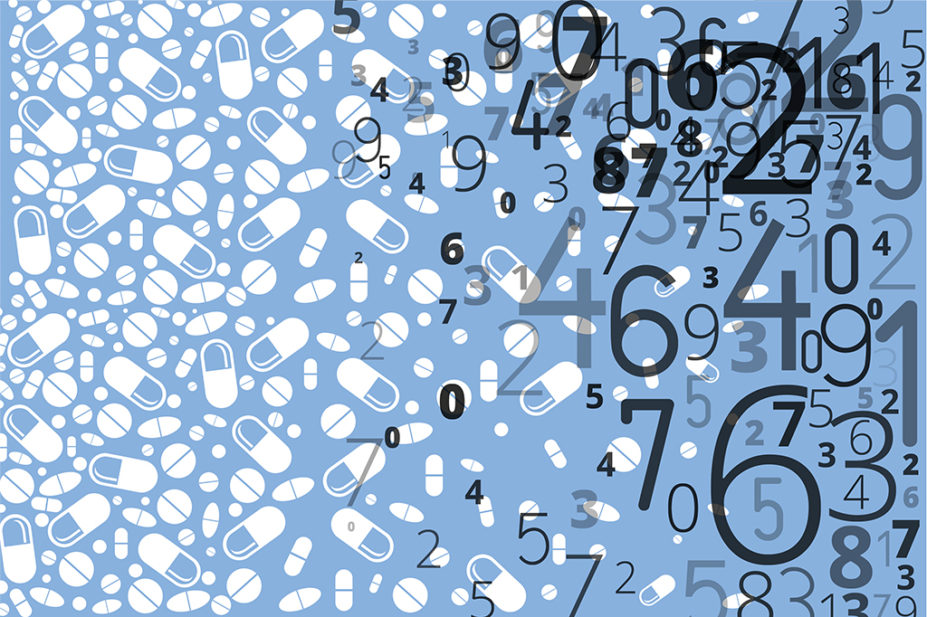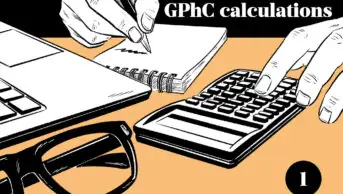
Mclean/Shutterstock.com
At the end of this article, individuals should be able to:
- Systematically work through infusion related calculations to reach the correct answer;
- Ensure the dose, duration and rate of infusion prescriptions are correct;
- Understand the importance of units and rounding when solving calculations.
This article forms part of a series of pharmacy calculation video tutorials brought to you by The Pharmaceutical Journal. Other tutorials in the series include:
Calculating the dose, duration and rate of drug infusions is a necessary skill for pharmacists. The ability to do so correctly is tested as part of the General Pharmaceutical Council registration assessment.
In the following videos, Simon Harris, head of education at Greenlight Campus, provides trainees with a step-by-step walk through of three example infusion calculations. The following questions and answers are provided as examples only and are included to give you an idea of the types of question that will be asked during the registration assessment. Please note that these exact questions will not be included.
Example 1: Infusions — dose
Question:
Miss A is currently on a heparin infusion in hospital. At 14:00, during your ward round, you notice her pump is beeping and showing an occlusion. You alert the nurse who presses the ‘Stop’ button. The senior house officer comes into the ward and asks you how much heparin Miss A has had so far today.
The last rate set on the pump was 2mL/hour and it has not been altered since it was set up at 08:00. Her prescription reads 25,000 units in 50mL sodium chloride 0.9%.
How many units of heparin has Miss A received so far?
Solution:
Example 2: Infusions — duration
Question:
The following hospital prescription is written for a child aged 9 years weighing 31kg.
| Date | Infusion | Infusion rate | Prescriber signature |
|---|---|---|---|
| Today’s date | Immunoglobulin 10% solution for infusion, 0.5g/kg | 0.3mL/kg/hr for 15 minutes then 1.8mL/kg/hr for 30 minutes then 2.2mL/kg/hr for 45 minutes then 6mL/kg/hr for the remainder of the infusion | I. Prescriber Today’s date |
Using the information in the resource pack provided, what is the total infusion duration of the immunoglobulin if it is infused at the prescribed rate? Round your answer up to the nearest whole minute.
Solution
Example 3: Infusions — rate
Question:
A woman aged 78 years has a percutaneous endoscopic gastrostomy tube in situ. She requires 2500 kcal per 24 hours from her enteral feed and has been instructed to use Jevity®, which contains 154 kcal per 100mL. She would like to feed for 8 hours overnight.
At what rate in mL/hour should the feed be delivered? Give your answer to the nearest 5mL.
Solution:
For thousands of practice questions to help you prepare for the GPhC registration assessment, including extended matching answer, single best answer and calculations, visit ONtrack.
RPS revision course with mock assessment
This course is designed for all foundation trainees sitting their General Pharmaceutical Council (GPhC) registration assessment in summer or autumn 2025.
Available exclusively to foundation trainee RPS members as part of their membership, revision webinars start in March 2025 and booking is now open for trainees to secure their place.



